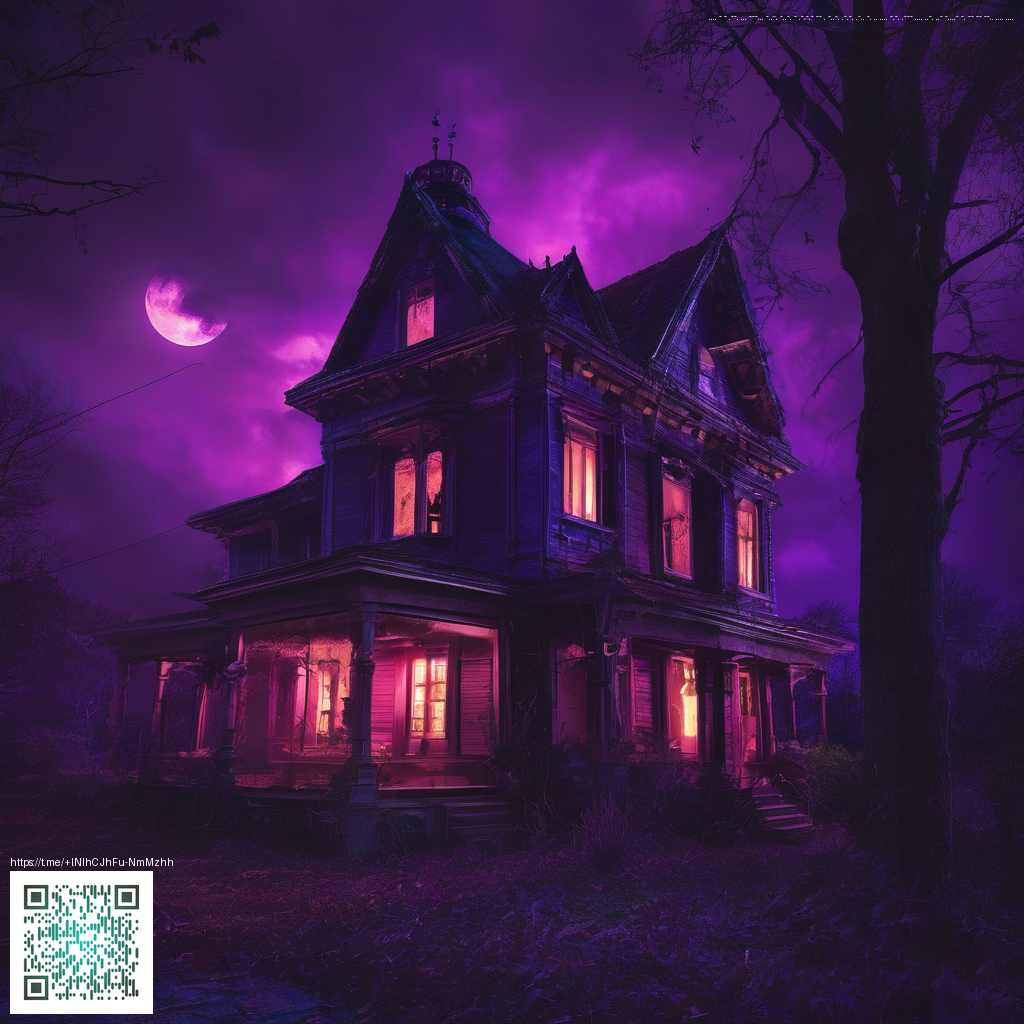
Crossing Worlds and Crafting Legends a Look at Hidden Links Between Terraria and Minecraft
Terraria has long stood at a vibrant crossroads between the bite-sized thrills of action and the sprawling curiosity of sandbox design. Fans often notice it shares a language with Minecraft and other beloved builders even when the surface is very different. This exploration dives into the subtle connections that emerge from gameplay loops, community modding culture, and the ongoing dialogue between developers and players. It’s a celebration of how two seemingly distinct games can illuminate common design choices and inspire fresh experimentation.
Gameplay threads that echo across games
At the core, both worlds reward exploration, resourceful problem solving, and a sense of progression through gear, biomes, and danger. Terraria condenses those ideas into a dense, handcrafted map filled with dungeons, secrets, and a cadence of boss encounters that rewards experimentation. The crafting system, while decidedly its own, echoes Minecraft in the way players combine items to create far more powerful tools and weapons. The joy of building a setup that solves a problem—be it a defensive fortress or a trap-filled corridor—lands with a familiar, satisfying snap for players who have honed those instincts in other sandboxes. 🎮
Wiring and automation offer another bridge between these titles. Terraria uses a modular system of wires, levers, and traps that invites players to engineer clever solutions under pressure. You won’t find Redstone blocks in Terraria, but you will find a similar thrill when a complex contraption finally works as intended. The moment a carefully laid sequence triggers a boss fight’s opening or a door slides open to reveal a hidden chamber feels universal across sandbox design, a reminder that clever systems beat brute force when the stakes are high. 🕹️
Community insights and modding culture
The community thrives on remix and invention. Modding frameworks like tModLoader empower fans to push the limits of what the vanilla game offers, turning ideas into new vocations and experiences. This is where cross-pollination shines brightest: texture swaps, gameplay tweaks, and adventure maps that recast Terraria’s world in Minecraft-like hues or puzzle-centric dungeon logic show how flexible sandbox DNA can be. It isn’t about copying so much as building on shared principles of exploration, risk, and reward.
Veteran players trumpet the same core experience they cherished in older titles while welcoming fresh twists. A seed that transforms a familiar biome into something unexpectedly alien or delightful is a microcosm of sandbox culture at large. The modding scene sustains a cycle of experimentation—from quality-of-life improvements to radical new playstyles—ensuring that veterans and newcomers alike keep returning for another run. ⚔️
Update coverage and cross-pollination
Updates in the sandbox spectrum are never isolated events. A patch that expands biomes, tweaks enemy behavior, or adds new crafting paths invites conversation about how these choices align with broader sandbox design trends. The dialogue between players and developers often shapes future tweaks, reinforcing a living, evolving ecosystem. In practice this means every small change can ripple outward, nudging how players approach world generation, resource management, and pace of progression. The result is a dynamic experience that keeps both communities invested and curious. 🧠
What makes this dynamic especially engaging is the way players reinterpret systems after each update. A seemingly modest adjustment can turn a quiet exploration into a maze of new routes and strategies. The interplay between familiar rhythms and unexpected twists is a hallmark of sandbox games, and it’s precisely what sustains a healthy, creative player base that treats updates as new playgrounds rather than chores. 🎮
Developer commentary and design philosophy
Design philosophy here centers on accessibility paired with depth. The aim is to invite players to experiment and craft personal stories through their own playstyles. This ethos aligns well with what fans love about other sandbox giants while preserving a distinctive tempo and tone. Transparent patch notes and ongoing responsiveness to community feedback build trust and fuel collaboration between creators and players alike. The longer-term payoff is a sandbox where curiosity is the primary currency and ingenuity yields meaningful, self-authored victories. 🧭
Cross pollination in these games is not about copying it is about speaking a shared design language that invites players to remix reinterpret and reimagine their own adventures
For players who want a touch more real-world reliability while they grind through virtual dungeons, consider this rugged accessory designed to protect your gear during long sessions. It’s a handy companion for anyone who treats their setup like a second base of operations while exploring new worlds.
Rugged Phone Case 2 Piece Shock Shield TPU PC